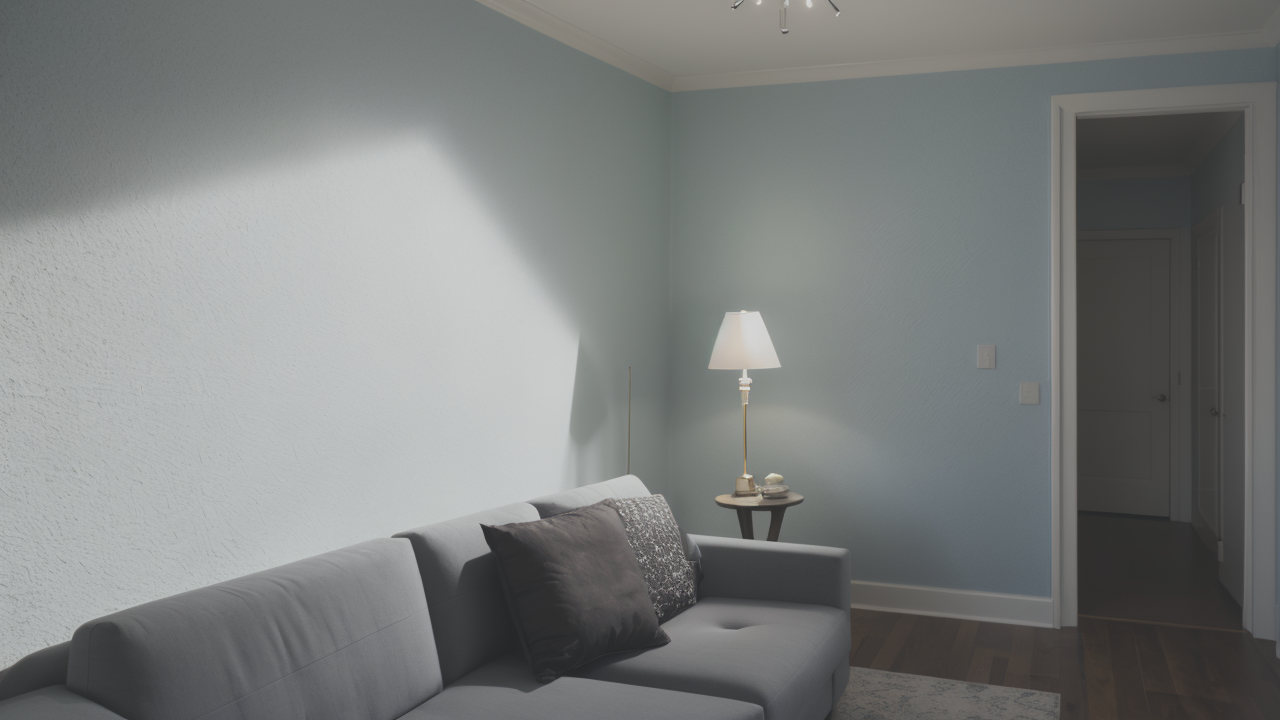
Nawabi-Inspired Plaster Art: Bringing Regal Textures to Contemporary Spaces
The Artistic Journey: From Nawab Mansions to Modern American Homes
Embracing Nawabi Aesthetics in Home Decor
Nawabi-inspired plaster art is making a grand entrance into modern American homes. This art form, with its roots in the opulent mansions of Indian Nawabs, brings a touch of regal elegance to contemporary spaces. The intricate textures and patterns of Nawabi plaster art create a unique visual appeal. They transform plain walls into stunning works of art.

Homeowners are now embracing this style to add character and depth to their living spaces. The rich textures and subtle color variations of plaster art create a warm, inviting atmosphere. This art form allows for customization, making each piece truly unique. From subtle, understated designs to bold, statement-making patterns, Nawabi-inspired plaster art offers endless possibilities.
Bridging Traditional and Modern: Case Studies
Several case studies highlight the successful integration of Nawabi-inspired plaster art in modern homes. In a minimalist Los Angeles apartment, textured plaster walls in muted tones create a serene backdrop. The subtle patterns add depth without overwhelming the space.
In a New York townhouse, bold plaster art textures in rich colors make a dramatic statement. The intricate designs echo the home's historic architecture while adding a contemporary twist. A Silicon Valley tech executive's home features plaster art that combines traditional patterns with modern geometric shapes. This fusion creates a unique, personalized aesthetic that reflects the owner's taste.
These examples show how Nawabi-inspired plaster art can adapt to different styles and settings. It proves that this traditional art form can seamlessly blend with modern design sensibilities.
Crafting the Perfect Ambiance with Plaster Art Textures
Choosing the Right Texture for Your Home
Selecting the perfect plaster art texture for your home requires careful consideration. The texture you choose should complement your existing decor and enhance the overall ambiance of your space. Here are some factors to consider:

- Room size: Larger rooms can handle bolder textures, while smaller spaces may benefit from subtler patterns.
- Lighting: Natural light can highlight texture, while artificial light can create interesting shadows.
- Color scheme: Choose textures that complement your existing color palette.
- Architectural style: Consider textures that enhance your home's architectural features.
- Personal taste: Select patterns that resonate with your aesthetic preferences.
It's also important to consider the function of the room. A calm, subtle texture might be ideal for a bedroom. A more dramatic pattern could work well in a living room or entryway. Samples and mock-ups can help you visualize how different textures will look in your space.
The Process of Applying Plaster Art Textures
The application of plaster art textures is a meticulous process that requires skill and patience. Here's a general overview of the steps involved:
- Surface preparation: The wall is cleaned and any imperfections are repaired.
- Base coat application: A smooth base coat of plaster is applied and allowed to dry.
- Design transfer: The chosen pattern is carefully transferred onto the wall.
- Texture application: Skilled artisans apply the textured plaster using specialized tools.
- Detailing: Fine details are added to enhance the texture and pattern.
- Finishing: The plaster is sealed to protect it and enhance its appearance.
The process can take several days to complete, depending on the complexity of the design. It's crucial to work with experienced professionals who understand the nuances of this art form. They can ensure that the final result meets your expectations and stands the test of time.
Enhancing the Value of Your Home with Artisanal Textures
Why Choose Plaster Art Textures for Your Home
Plaster art textures offer numerous benefits that can enhance both the aesthetic appeal and value of your home:

- Uniqueness: Each piece of plaster art is handcrafted, making it truly one-of-a-kind.
- Durability: When properly applied and maintained, plaster art can last for decades.
- Versatility: Plaster art can be customized to suit any style or color scheme.
- Eco-friendly: Many plaster materials are natural and non-toxic.
- Improved acoustics: Textured walls can help absorb sound, improving room acoustics.
- Increased home value: Unique, high-quality finishes can boost your home's resale value.
Plaster art textures also offer practical benefits. They can hide minor wall imperfections and are easier to touch up than painted surfaces. The depth and dimension they add to a room can make it feel more inviting and luxurious. This can be particularly appealing to potential buyers if you decide to sell your home in the future.
Maintaining and Caring for Your Plaster Artwork
Proper maintenance is key to preserving the beauty of your plaster art textures. Here are some tips for caring for your plaster artwork:
- Dusting: Regularly dust the surface with a soft, dry cloth or feather duster.
- Cleaning: For deeper cleaning, use a damp cloth with mild soap. Avoid harsh chemicals.
- Avoid moisture: Keep plaster surfaces dry to prevent damage or discoloration.
- Repair promptly: Address any cracks or chips as soon as they appear to prevent further damage.
- Professional maintenance: Consider having your plaster art professionally cleaned every few years.
With proper care, your Nawabi-inspired plaster art can remain a stunning feature of your home for many years. It's an investment in beauty and craftsmanship that will continue to bring joy and add value to your living space. By embracing this traditional art form, you're not just decorating your home - you're creating a legacy of artisanal excellence.


